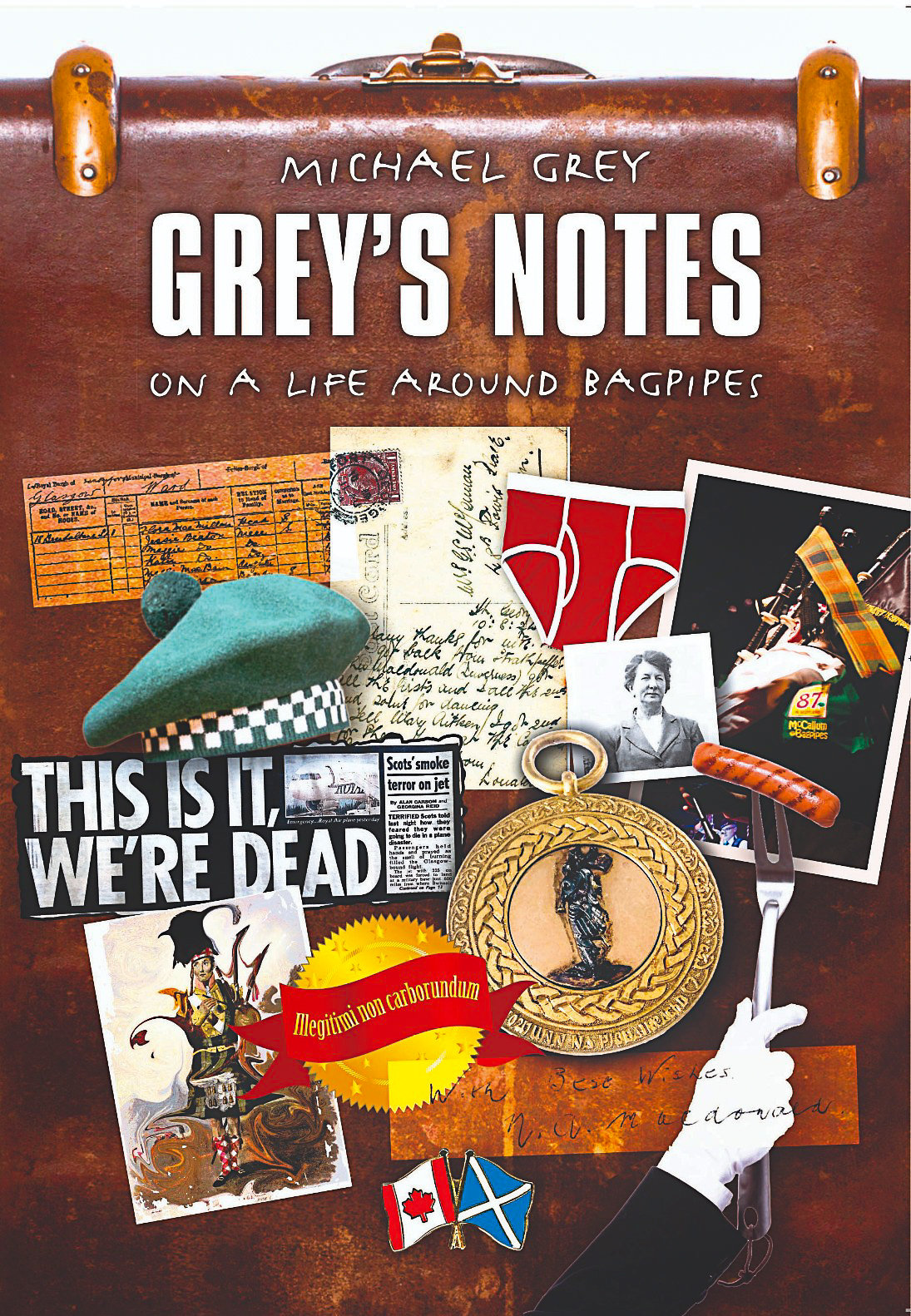Italy Redux: Italian Pipes (& Fellini)
October 13, 2007 on 6:50 pm by Michael Grey | In Music, Stories, Tips, Video | Comments Off on Italy Redux: Italian Pipes (& Fellini)I found my recent encounter with the pipes of Italy hugely interesting. Until recently the piping shepherd figure that I’d seen in a lot of Christmas nativity displays was about the beginning and end of my zampogna knowledge.
The “zampogna“, is an Italian bagpipe. It’s a generic sort of word used to describe any Italian bagpipe (possibly any bagpipe, as I learned by telling the security X-ray person at Leonardo da Vinci airport at around minute six of her probing of my Highland bagpipe: “it’s a zampogna” – which proved the magic words for me to carry on).
The most common zampogna is the version found in the Italian province of Molise. Mouth-blown and with two drones and two chanters, the sound is rich and harmonious when in tune. With four reeds to manage (all double-bladed) the Highland piper will have a lot of empathy with the reed challenges of his zampogna-playing compatriot. The ciaramella, a mouth-blown oboe-like instrument is often played alongside the zampogna, much as the Bretons do with the pipes and bombarde.I picked up one of Franco Izzi’s olive wood ciaramella instruments – they are double-reeded and fairly adaptable, I think, for a Highland piper’s fingers.
The most accomplished zampogna player in Italy is Piero Ricci.Thanks to my host’s seemingly limitless network of contacts I came to be parked front row centre at one of his band’s rehearsals. Sitting in a cushy antique chair (one I was sure my arse would break if I moved in the slightest way) in the drawing room of a medieval castle in Macchia d’Isernia I found myself in the (seriously) eclectic company of about 40 of the local worthies…I’ll digress:
While assured otherwise I arrived to the castle around 1500 h feeling like I’d crashed a party: well underway in the castle dining room was what proved to be the tail-end of a “slow food” luncheon; in fact, a slow food exam for local graduating chefs. At the tables were examiners and regular diners alike. Melon and wine everywhere. The mostly elderly slow food patrons, elegantly dressed, festooned in pearls, shimmering cufflinks and full of slow food, were in good spirits – inside and out. My host, Duilio Vigliotti, handed me a glass, filled it and, quite rightly, moved on to acquaintances at another table.
I should say now,a few weak words aside, I speak no Italian. A cheeky Italian friend, Letizia Agostini, taught me, “ti piace il mio culo?”, (do you like my ass?). I didn’t think that would go over very well as an ice-breaker at this table. So, there I was: an instant bit player in what felt like a major scene from a Fellini movie. A table for eight, me squeezed in as the ninth.Pass the wine.
Only one of my new table friends spoke any English. This fellow, with a passing resemblence to a fuller-haired Jack Nicholson,said, “Yes, Toronto. There are a lot of Molise people in Toronto. I read your CN Tower is now number two. The Arabs have beaten you”. Cheers!
I’ll spare you the rest of the story. It does continue. I will say, even without the slow food, these moments turned out to be the best – and unforgettable.
From the dining room we descended a flight of worn stone steps into the courtyard and on to the drawing room and rehearsal of Piero Ricci and his band Ecletnica Pagus. It was fantastic. I’ll leave it to you to have a look at the attached video I pulled together – judge for yourself. The musicianship is stellar. I can’t say I have ever heard a combination quite like Ecletnica Pagus. Through his marvelous band, Piero Ricci is a tradition-bearer of the highest order, bringing zampogna music to an awful lot of new people.
One of the best musical memories of my Italian journey was the music of the Sardinian launeddas, a mouth-blown, triple pipe (2 chanters, one drone) performed without rests thanks to the technique of circular breathing.It was with genuine surprise that I found one of Sardinia’s virtuoso launeddas players, Renzo Zucca, attending the “Big Italian Gathering” in Tuscany to further his knowledge of Highland piping. Renzo’s music is incredibly rhythmic and complex. His pipes are made of arundo donax, the same cane Highland pipe reedmakers use to make natural chanter and drone reeds.Again, his music says it all:
So here’s some unsolicited advice: should you want to really expand your musical horizons, experience something different and, by way of doing, gain some added insight into your own Highland piping – go to Italy. Drink a little wine…listen to Italian pipers. Live la dolce vita – even for a short time.
Salute! M.
No Comments yet
Sorry, the comment form is closed at this time.
Dunaber is using WordPress customized and designed by Yoann Le Goff from A Eneb Productions.
 Entries and comments
feeds.
Valid XHTML and CSS.
Entries and comments
feeds.
Valid XHTML and CSS.


